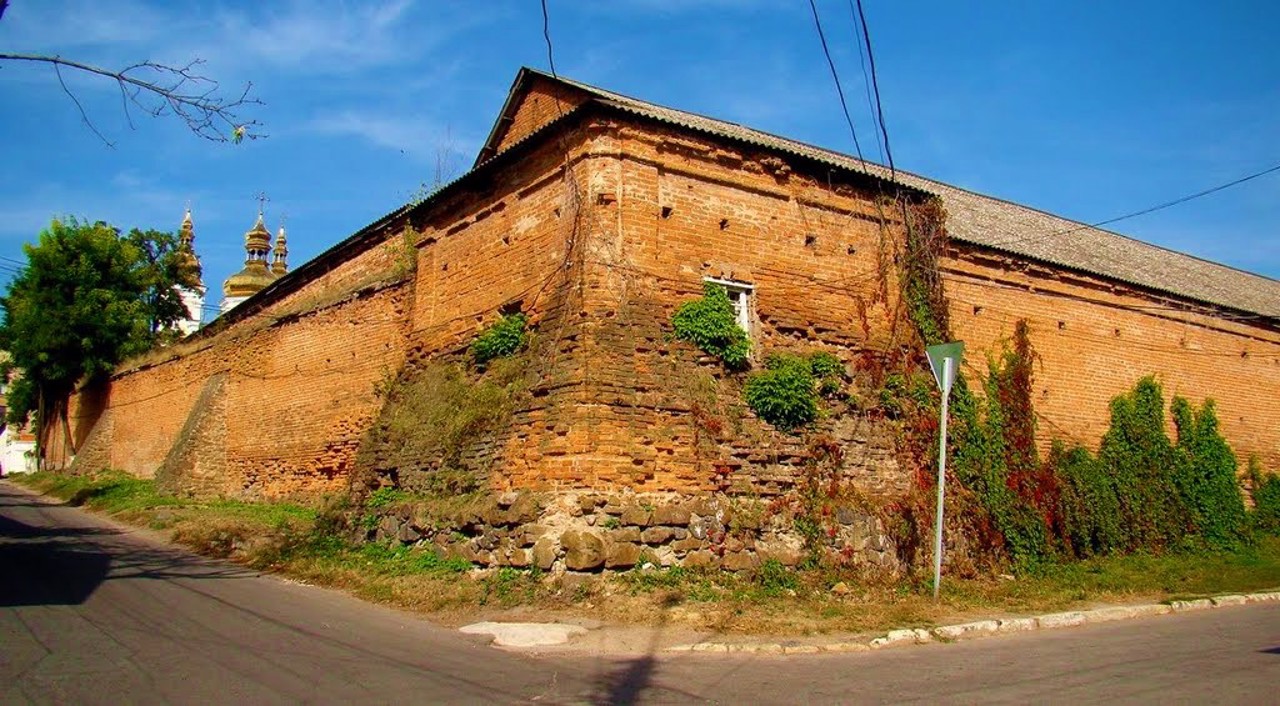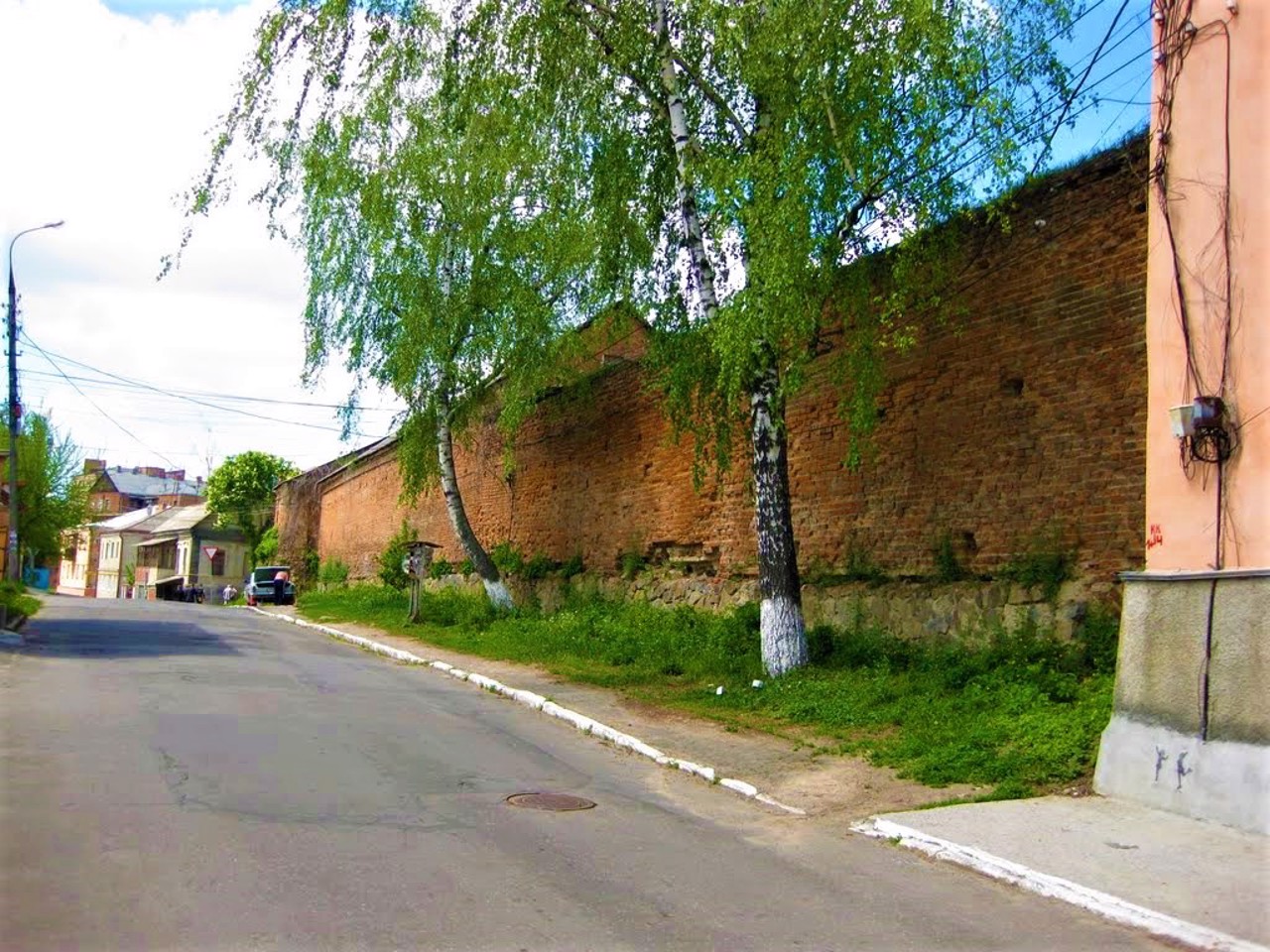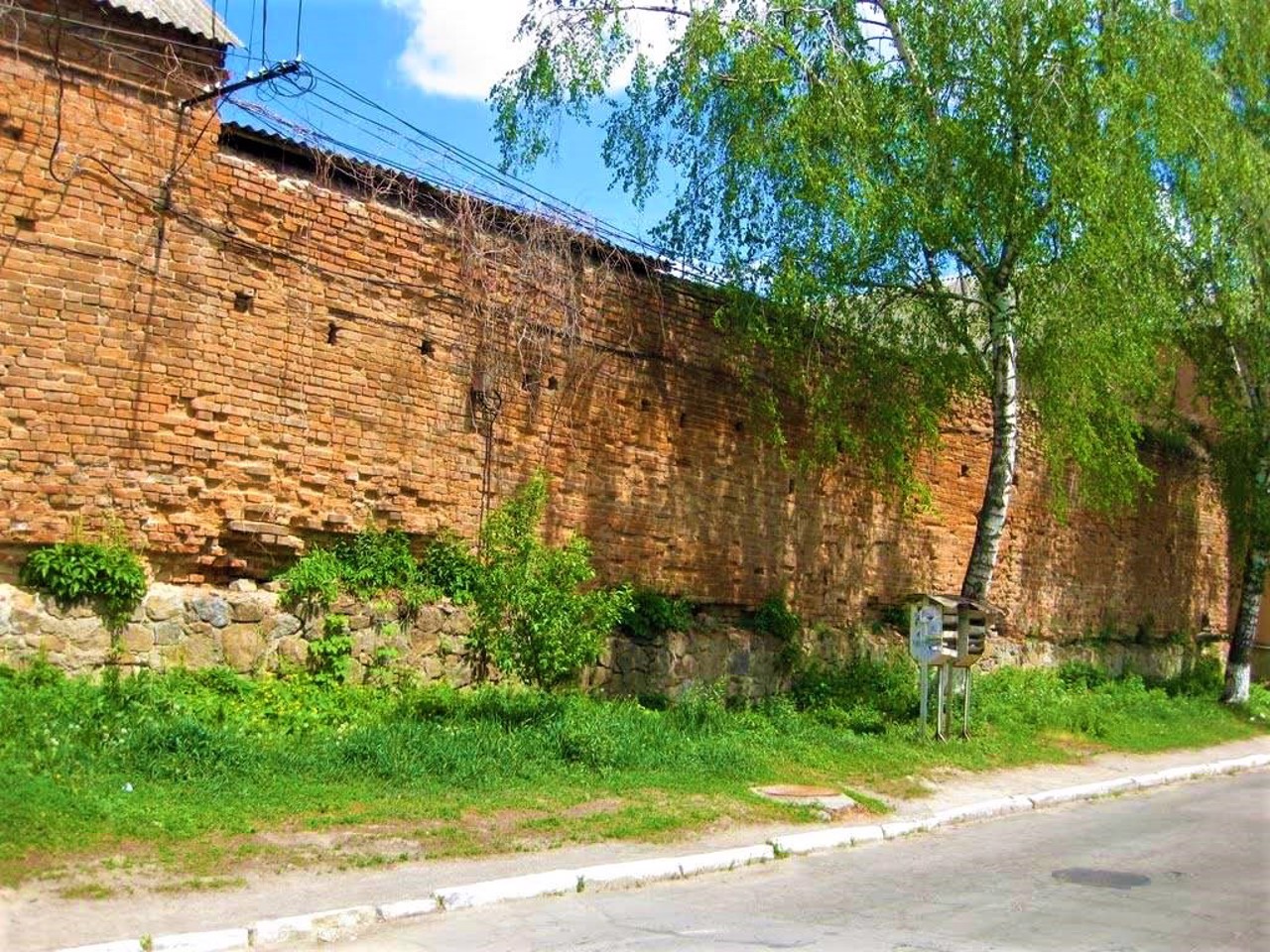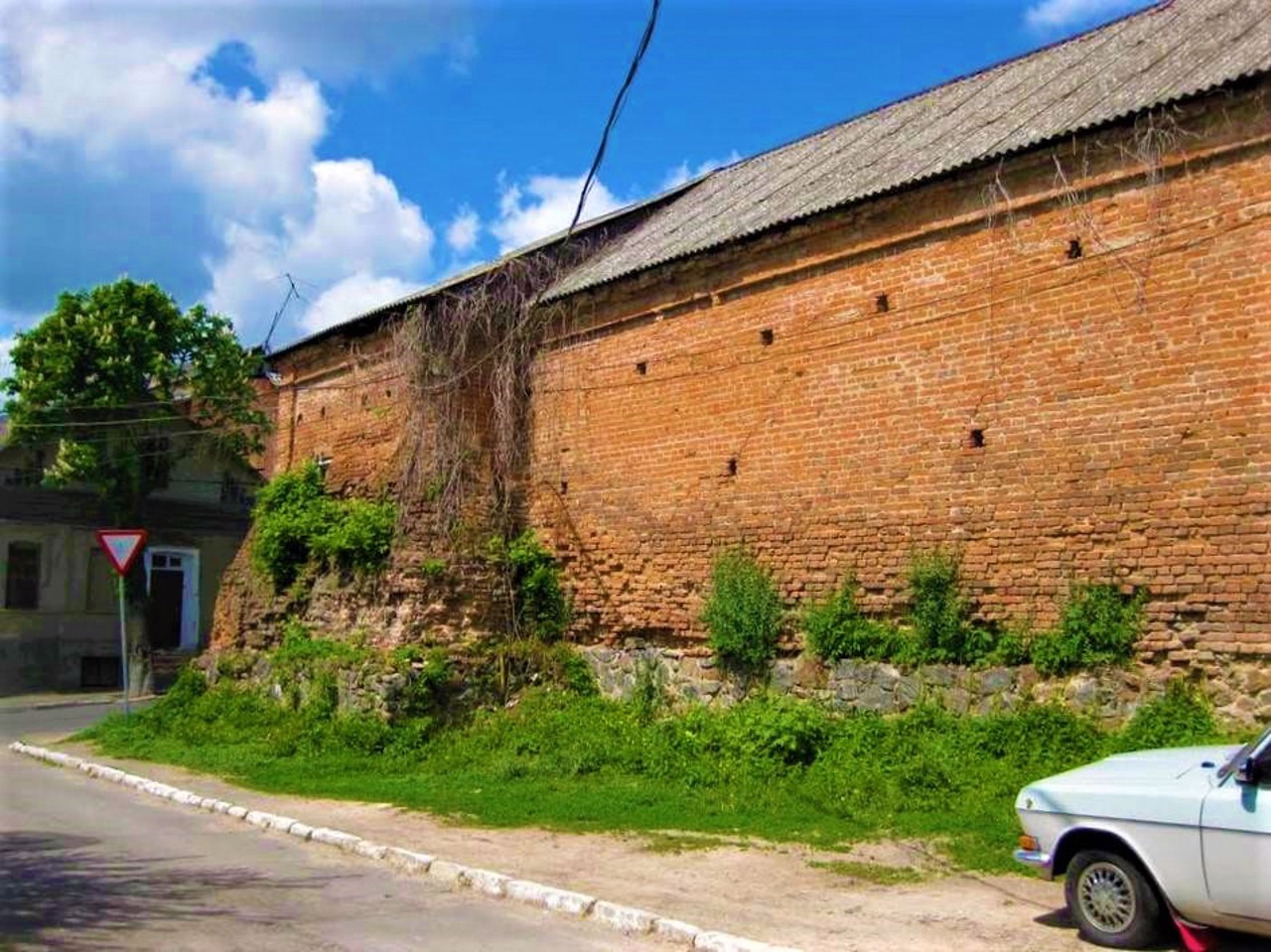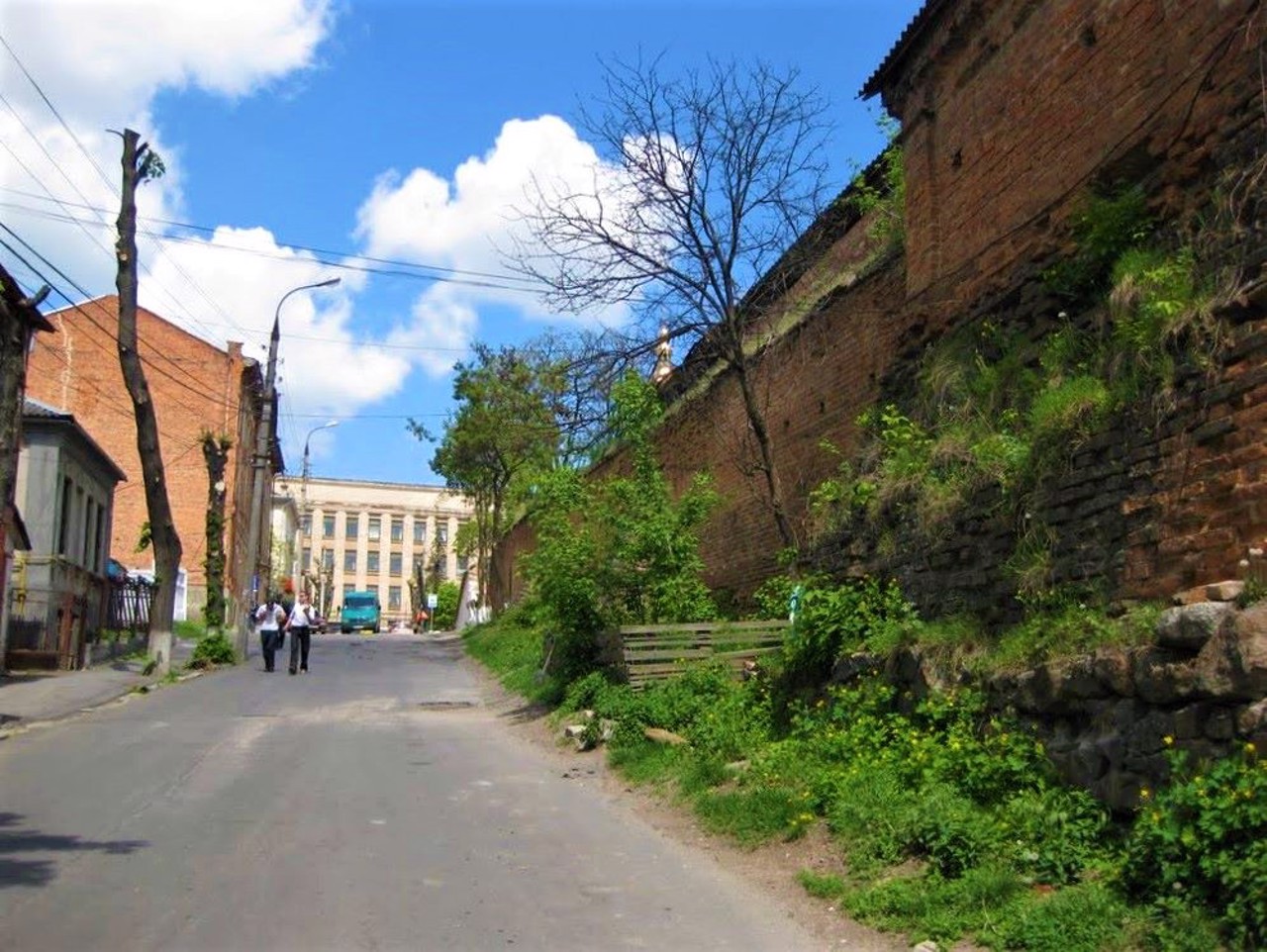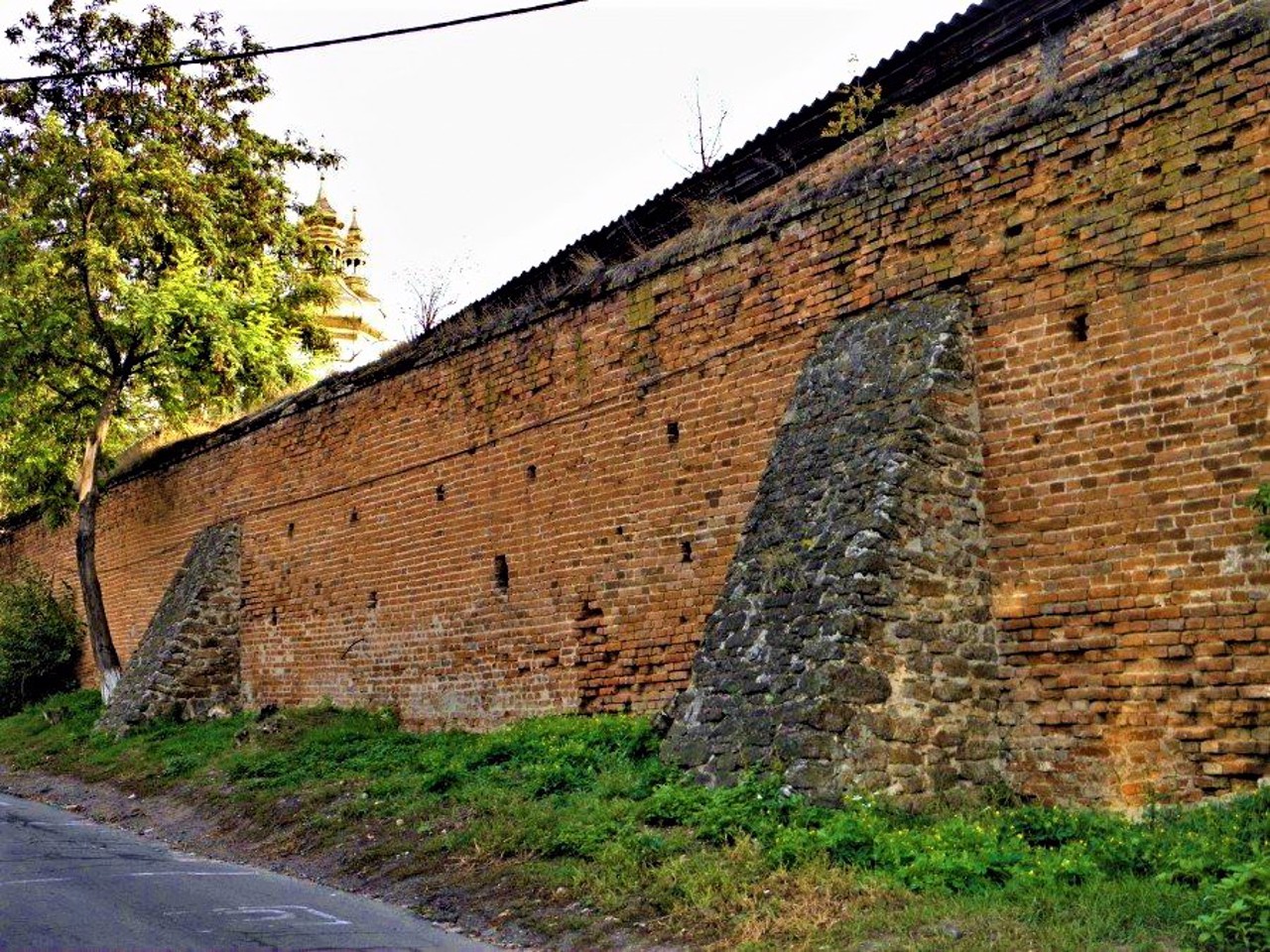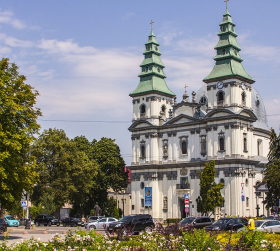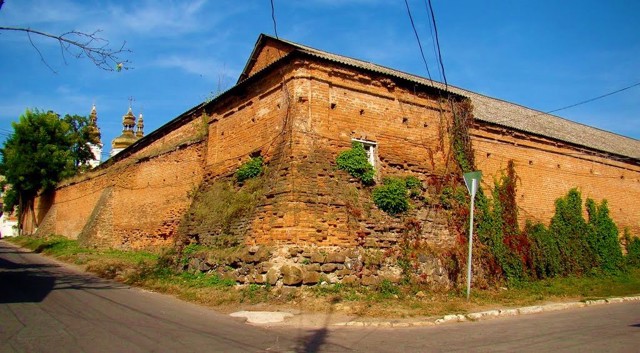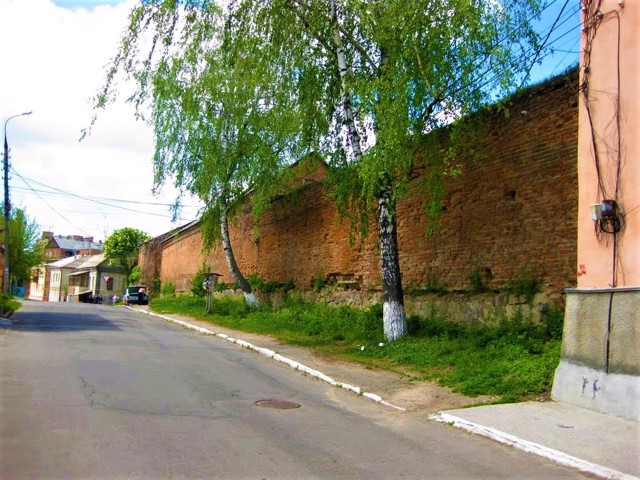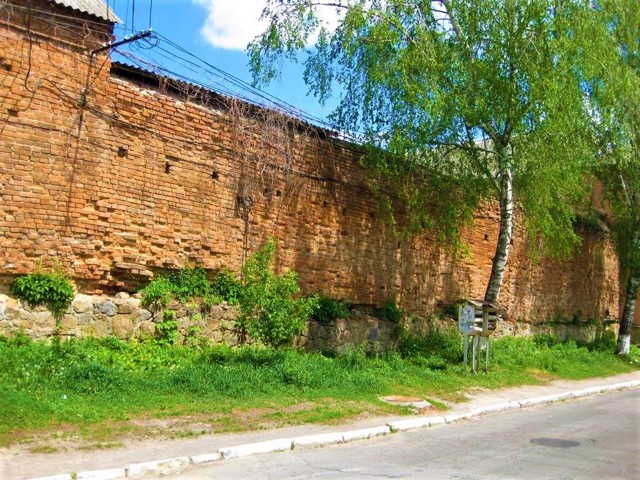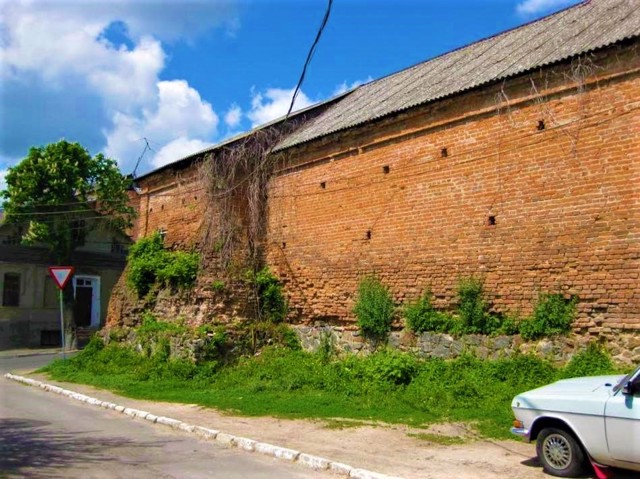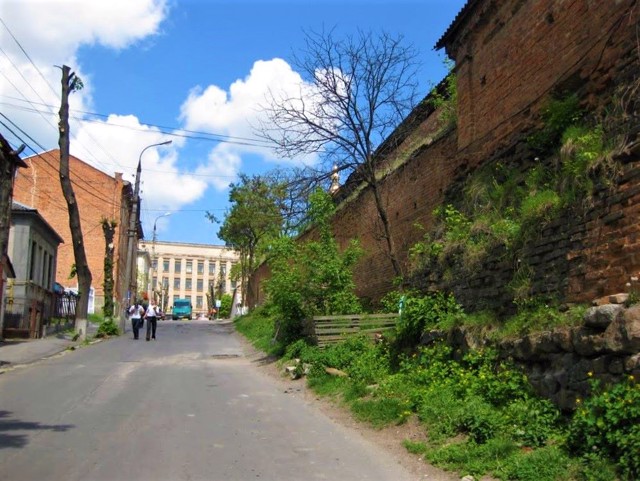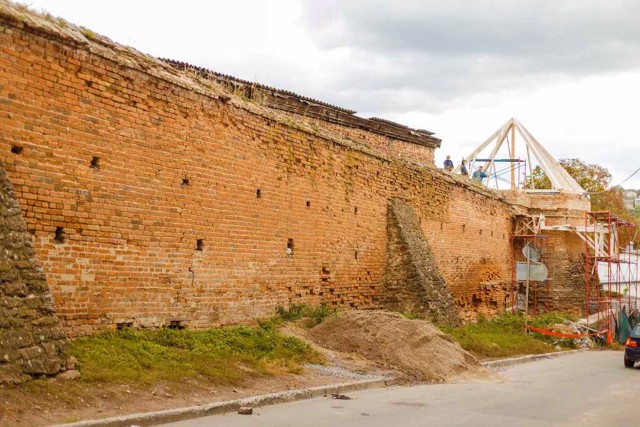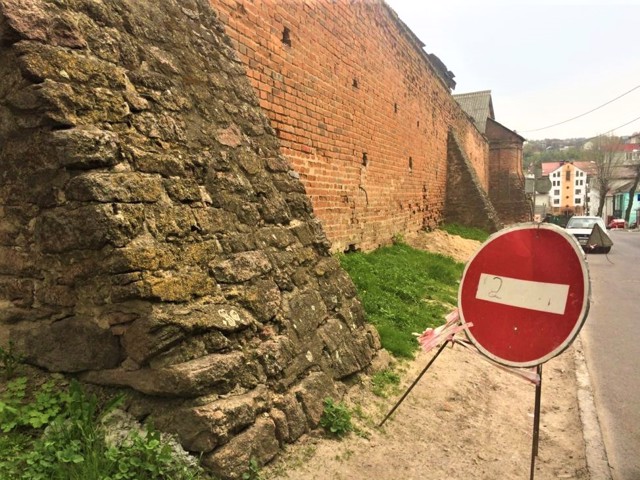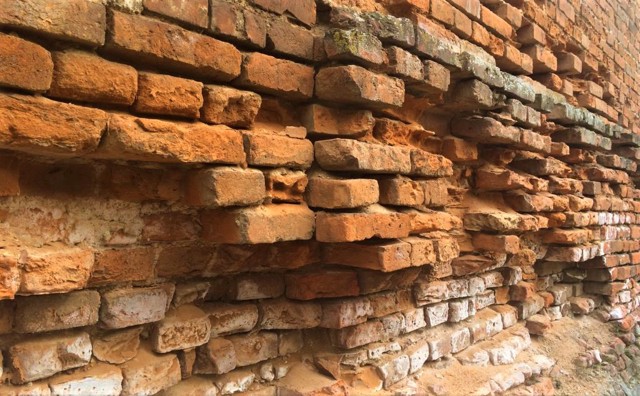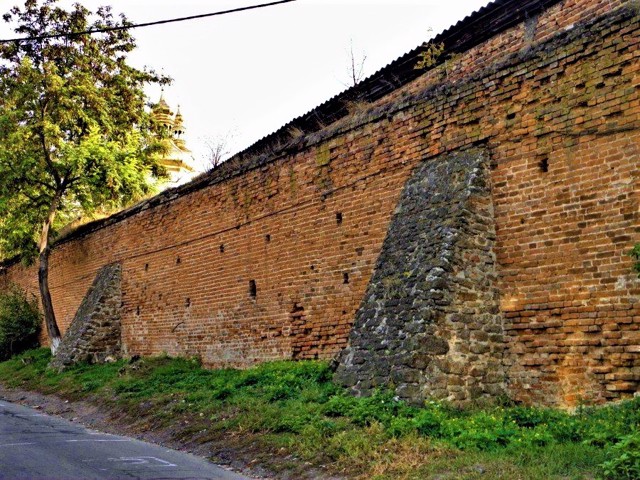Functional temporarily unavailable
Vinnytsia Mury, Vinnytsia
Castle / fortress
General information about Vinnytsia Mury (Vinnytsia)
The Mury in Vinnytsia have long been called the complex of defensive structures of the Jesuit monastery with a church, collegium and dormitory, surrounded by a fortress wall.
According to the decision of the Bratslav mayor Valentyn-Oleksandr Kalynovskyi, in 1610-1624, Jesuit monks built a monastery, which became the main defensive structure of the city and acted as a feudal castle. The defense complex also included a Dominican church, which later became the Orthodox Cathedral of the Transfiguration. In 1907, the building of the Jesuit church was converted into a gymnasium.
The complex occupies a block bounded by Soborna, Mury and Monastyr ...
The Mury in Vinnytsia have long been called the complex of defensive structures of the Jesuit monastery with a church, collegium and dormitory, surrounded by a fortress wall.
According to the decision of the Bratslav mayor Valentyn-Oleksandr Kalynovskyi, in 1610-1624, Jesuit monks built a monastery, which became the main defensive structure of the city and acted as a feudal castle. The defense complex also included a Dominican church, which later became the Orthodox Cathedral of the Transfiguration. In 1907, the building of the Jesuit church was converted into a gymnasium.
The complex occupies a block bounded by Soborna, Mury and Monastyrska streets. Part of the buildings of Mury is in a state of emergency. Today, the Vinnytsia Regional Museum of Local Lore is located in the former cell building, and the regional archive is located in the collegium building.
The most preserved fragments of the fortress walls with a corner tower can be viewed from the back side of the monastery, going down from Soborna Street to the intersection of Mury Street and Monastyrska Street.
Мурами у Вінниці здавна називають комплекс оборонних споруд єзуїтського монастиря з костелом, колегіумом та конквітом (гуртожитком), що оточений фортечною стіною.
За рішенням брацлавського старости Валентина-Олександра Калиновського в 1610-1624 роках ченцями-єзуїтами було зведено монастир, який став головною оборонною спорудою міста та виконуючи роль феодального замку. В оборонний комплекс також увійшов домініканський костел, який згодом став православним Преображенським собором. У 1907 році будинок єзуїтського костелу було пристосовано до гімназії.
Нині в колишньому корпусі келій розміщується Вінницький обласний краєзнавчий музей, ...
Мурами у Вінниці здавна називають комплекс оборонних споруд єзуїтського монастиря з костелом, колегіумом та конквітом (гуртожитком), що оточений фортечною стіною.
За рішенням брацлавського старости Валентина-Олександра Калиновського в 1610-1624 роках ченцями-єзуїтами було зведено монастир, який став головною оборонною спорудою міста та виконуючи роль феодального замку. В оборонний комплекс також увійшов домініканський костел, який згодом став православним Преображенським собором. У 1907 році будинок єзуїтського костелу було пристосовано до гімназії.
Нині в колишньому корпусі келій розміщується Вінницький обласний краєзнавчий музей, а в будівлі колегіуму - обласний архів. Комплекс займає квартал, обмежений вулицями Соборною, Мури та Монастирською. Частина споруд Мурів перебуває в аварійному стані.
Найзбереженіші фрагменти фортечних стін з кутовою вежею можна оглянути зі зворотного боку монастиря, спустившись від вулиці Соборної вниз до перетину вулиці Мури та вулиці Монастирської.
Practical information about Vinnytsia Mury (Vinnytsia)
Last update
2/17/2025
| Categories | Castle / fortress |
|---|---|
| Date of foundation | 1610-1624 |
| Address |
Soborna Street, 17-23
Vinnytsia |
| Coordinates |
49.232° N, 28.4752° E
|
| Additional services |
Аccessibility information
Have you visited Vinnytsia Mury in Vinnytsia?
Add practical or descriptive information, photos, links
What to see, where to go next?

